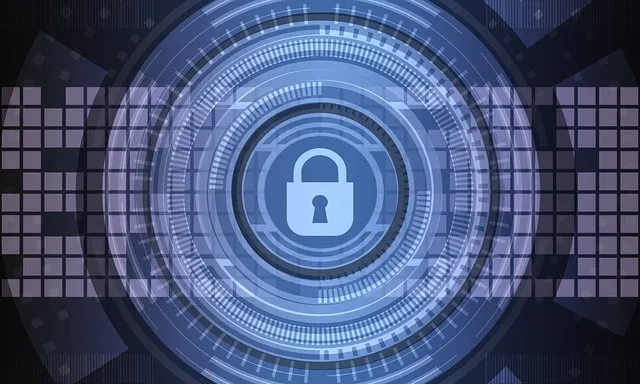How to get into Cyber Security? A Guide on How to Get Started
In the ever-evolving landscape of technology, cybersecurity has emerged as a crucial line of defense against cyber threats and attacks. As our reliance on digital systems continues to grow, so does the demand for skilled cybersecurity professionals. If you’re intrigued by the world of cybersecurity and considering a career in this field, this blog post will serve as your roadmap on How to get into Cyber Security?
Understand the Basics
Before diving into the intricacies of cybersecurity, it’s essential to build a solid foundation in computer science and networking. Familiarize yourself with programming languages, operating systems, and basic network protocols. Online courses, tutorials, and certifications such as CompTIA A+ and Network+ can be valuable resources to enhance your foundational knowledge.

Define Your Area of Interest
Cybersecurity is a broad field, encompassing various specialties such as penetration testing, incident response, security analysis, and more. Take the time to explore these different areas and identify which aspects of cybersecurity align with your interests and strengths. This will help you tailor your learning path and specialize in a specific domain.
Pursue Relevant Education and Certifications
Many cybersecurity roles require a formal education in computer science, information technology, or a related field. Additionally, earning industry-recognized certifications can enhance your credibility and demonstrate your expertise. Consider certifications such as CompTIA Security+, Certified Information Systems Security Professional (CISSP), Certified Ethical Hacker (CEH), and Offensive Security Certified Professional (OSCP).

Hands-On Experience is Key
Cybersecurity is a practical field that values hands-on experience. Set up your own lab environment, experiment with different tools, and engage in real-world scenarios. Platforms like Hack The Box and TryHackMe provide interactive environments for honing your skills in a safe and controlled manner.
Stay Informed and Network
The cybersecurity landscape is dynamic, with new threats and technologies emerging regularly. Stay updated on industry trends, attend conferences, and participate in online forums and communities. Networking with professionals in the field can provide valuable insights, mentorship opportunities, and potential job leads.
Build a Strong Online Presence
Showcase your skills and knowledge by contributing to online platforms such as GitHub, writing a cybersecurity blog, or participating in Capture The Flag (CTF) competitions. A strong online presence can catch the attention of recruiters and potential employers, highlighting your commitment to the field.
Apply for Internships and Entry-Level Positions
Gain practical experience by applying for internships or entry-level positions in cybersecurity. These roles will expose you to real-world challenges and allow you to apply your skills in a professional setting. Internships also provide an opportunity to learn from seasoned professionals and expand your professional network.

Continuous Learning and Professional Development
Cybersecurity is a field that requires continuous learning. Stay curious, explore new technologies, and pursue advanced certifications as you progress in your career. The Certified Information Security Manager (CISM) and Certified Information Systems Auditor (CISA) certifications are examples of advanced credentials that can elevate your career.
Conclusion
Embarking on a career in cybersecurity requires dedication, continuous learning, and a passion for solving complex challenges. By following these steps and staying committed to your professional development, you can build a successful career in this rapidly evolving and crucial field. Remember, the world of cybersecurity is waiting for skilled and enthusiastic individuals to contribute to the ongoing mission of securing our digital future. Hope you like the article on How to get into Cyber Security?
Suggested Reading:
- MacBook Air Used | A Guide to Buying a Used MacBook Air
- How to make Google Chrome Dark Mode: Embrace the Dark Side
- NVMe Storage vs. SSD: Unveiling the Future of Storage Technology
- How to Change Name on iPhone Bluetooth: A Step-by-Step Guide
- 10 Best Free AI Tools Online: Unleashing Innovation and Productivity
- How to Turn On Apple Watch While Charging
- How to Turn Off Apple Watch 8
- How to Factory Reset MacBook Air Without Password
- How to Connect Two AirPods to MacBook
- How to Turn Off iPhone 14 : A Comprehensive Guide
- A Comprehensive Guide on How to Restart Apple Watch
- How to Unpair Apple Watch: A Step-by-Step Guide
- How to Reset Your Apple Watch: A Comprehensive Guide

